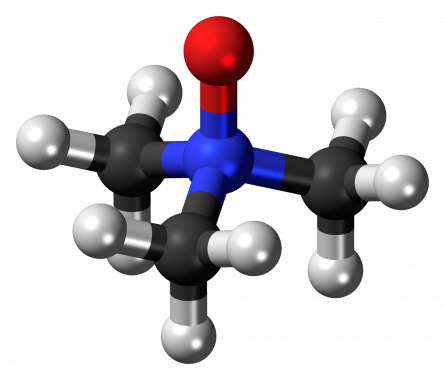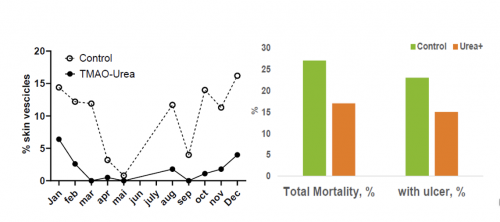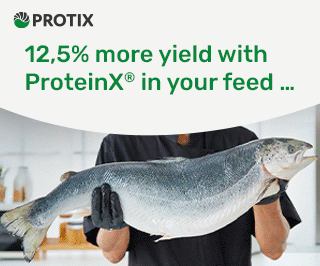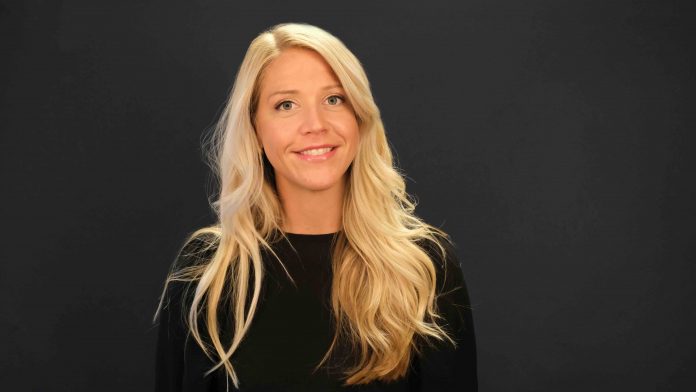This article has been altered to correctly attribute the study to NOFIMA researcher Antony J. Prabhu Philip. Marianne Nergård has written the article presenting his research.
Winter poses significant challenges for farmed salmon as cold temperatures slow down their metabolism, drinking, and physiological processes, making them more vulnerable to health issues.
Marianne Nergård, a veterinarian specializing in fish health at Aker QRILL Company, has written about new research on the role of Trimethylamine-N-oxide (TMAO) in supporting farmed salmon during the winter season.
Philip’s research highlights how the compound plays a key role in osmoregulation and protein protection, particularly in cold conditions when salmon metabolism slows and physiological stress increases.
What is Trimethylamine-N-oxide (TMAO)?
TMAO is a naturally occurring organic compound found in marine organisms. It serves as an osmolyte, helping fish regulate water balance in their bodies and counteract the effects of osmotic stress.

Additionally, TMAO stabilizes proteins, preventing damage caused by environmental pressures such as temperature fluctuations and changes in water depth.
In aquaculture, TMAO has been studied for its potential role in improving fish resilience, particularly during winter when metabolic processes slow down and fish face increased physiological challenges.
Winter problems
Cold temperatures impact digestion, immune function, and skin recovery, making salmon more susceptible to disease. Reduced drinking activity in winter further limits their ability to maintain fluid balance, heightening the risk of dehydration.
Philip’s research suggests that TMAO, an osmolyte that helps regulate water content and prevent protein degradation, could mitigate these effects, potentially improving fish welfare and resilience.
Trials have shown that increasing the amount of osmolytes in the diet improved skin health and reduced mortality in salmon faced with wound infections.
While TMAO has been studied for over two decades, its relevance to modern aquaculture has gained renewed attention as feed producers incorporate alternative protein sources.

Research dating back to 2000 linked TMAO supplementation to improved skin health and ulcer resistance in rainbow trout, while more recent studies have examined its impact on digestion and lipid metabolism.
At an industry conference last year, NOFIMA researcher Antony J. Prabhu Philip noted that 62.8 million farmed salmon were lost at sea in 2023, with osmoregulatory dysfunction among the contributing factors.
Implications
The implications of Philip’s findings extend beyond Aker QRILL’s focus on krill meal, which naturally contains high levels of TMAO due to the crustacean’s deep-sea migrations.
The broader industry interest in osmolytes reflects a growing recognition that the shift away from marine-derived ingredients in aquafeed may have unintended consequences for fish resilience.
The OsmoProtect research project, funded by the Research Council of Norway, is investigating whether these compounds should be more deliberately included in feed formulations.



